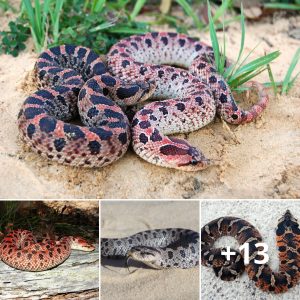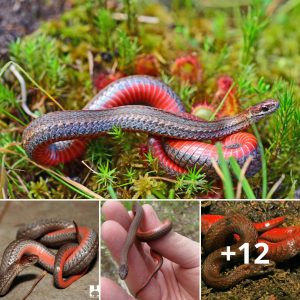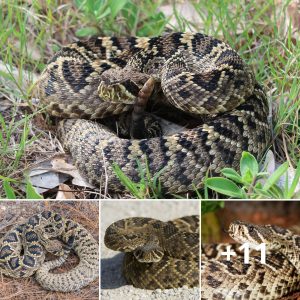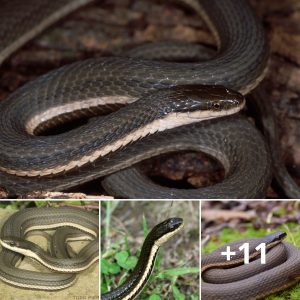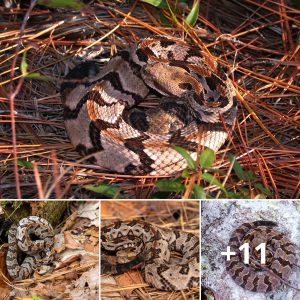Honduran milk snake – Facts, Diet, Habitat & Pictures on Animalia.

Lampropeltis triangulum hondurensis
Lampropeltis triangulum hondurensis, commonly known as the Honduran milk snake, is an egg-laying subspecies of nonvenomous colubrid snake. It is one of the more commonly bred milk snakes in captivity and is one of the larger milk snakes, reaching a length of 5 feet.
Appearance
The Honduran milk snake’s base color is red with distinct rings or bands of black and yellow. In some cases the yellow is actually a deep orange color and the animal in question is referred to as a tangerine phase. The Honduran milk snake is one of the larger subspecies of milk snake, attaining a length of 48 inches in the wild and some captive specimens reaching a length of 5 feet. The Honduran milk snake has a resemblance to the coral snake and this similarity in color, known as Batesian mimicry, helps protect the snake from potential predators.
Distribution
Geography
The Honduran milk snake inhabits low to medium elevations of the tropical areas of Honduras, Nicaragua, and Northeastern Costa Rica.

Habits and Lifestyle
Diet and Nutrition
The Honduran milk snake uses constriction to kill its prey and tends to be opportunistic when it comes to its diet; they eat other snakes (ophiophagy), including venomous snakes, lizards, rodents, birds and eggs. In captivity they are kept successfully on a diet of mice and rats.
Mating Habits
Honduran milk snakes become sexually mature at 18 months. The females are oviparous, laying an average of 3–18 eggs per clutch in early June. The eggs incubate for approximately two months, and hatch in August or September. The hatchlings are 8 inches long and darker in color than their parents when they emerge from the eggs.

